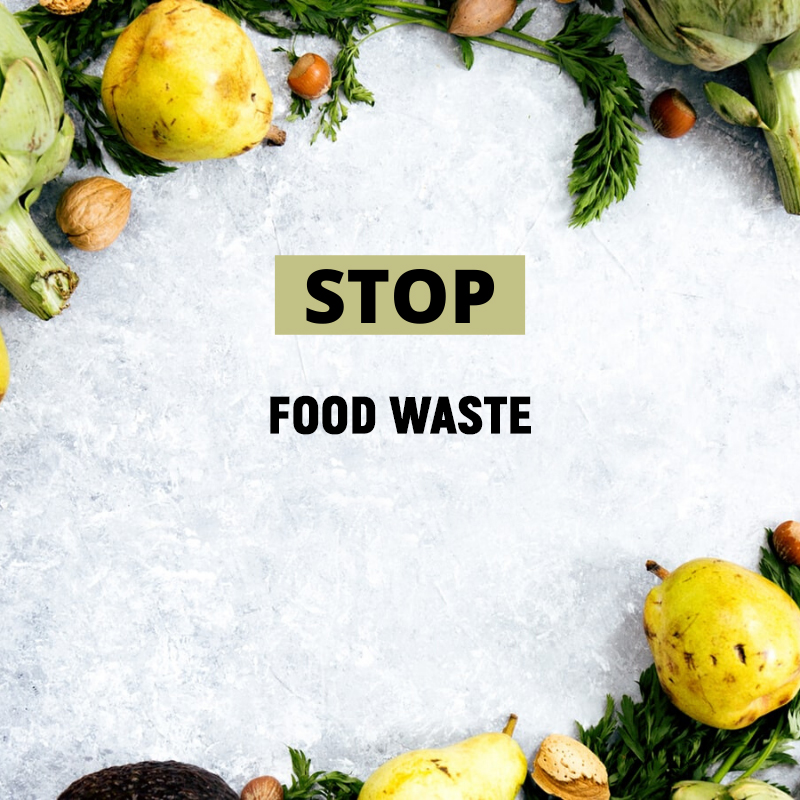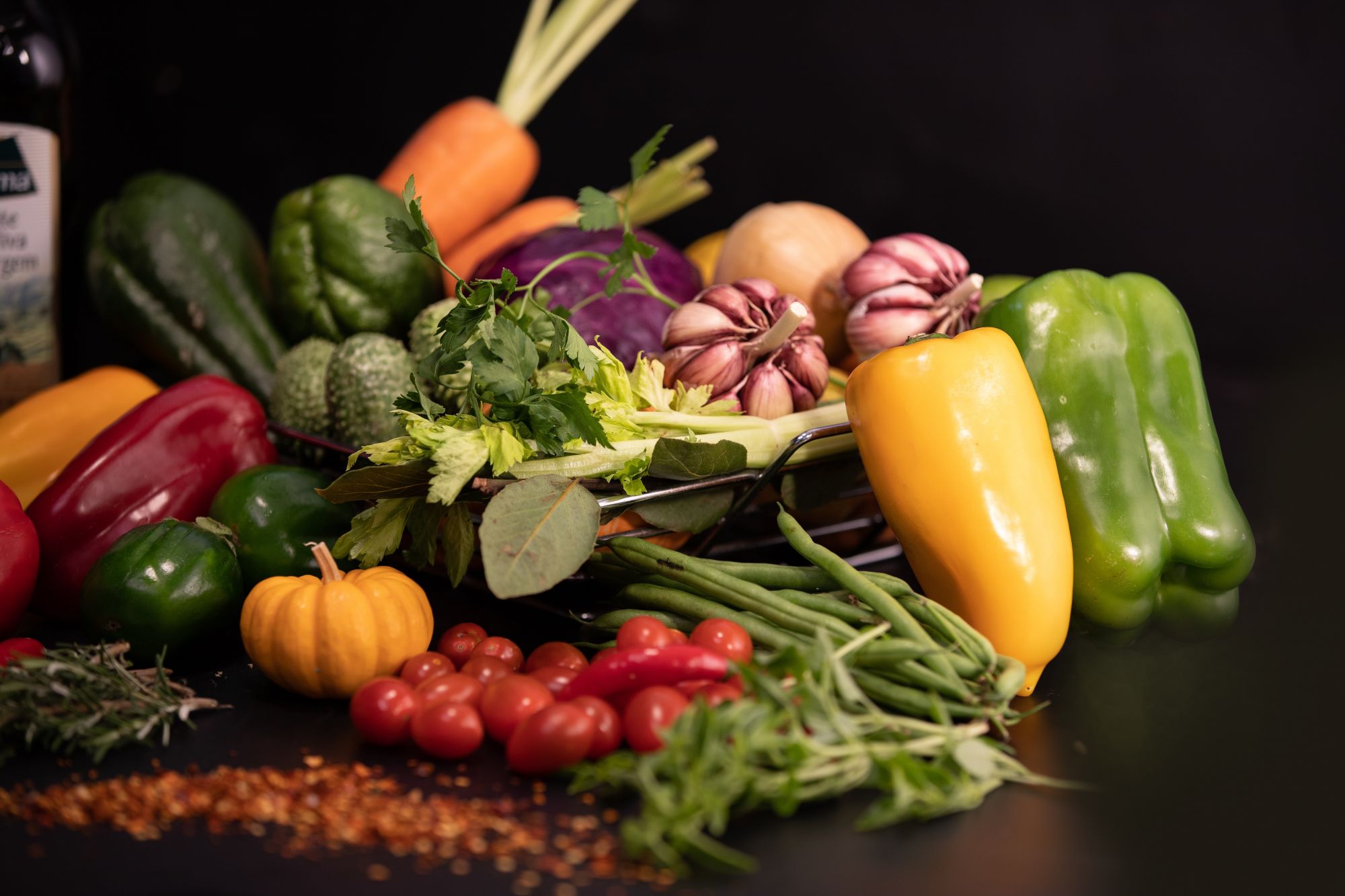
Ten million tonnes of food end up in the garbage every year. What if we took action? For personal, economic, ethical and environmental benefits, adopt a few simple reflexes on a daily basis: from cooking to composting, food waste is far from being inevitable!
1. Make shopping lists
Limiting food waste starts with your shopping list. Prepare it before you leave according to the contents of your cupboards and refrigerator – you will avoid duplicate products, limit impulse purchases, and at the same time, reduce your shopping budget, since wasting food is like wasting money.
2. Plan menus
You don’t go out without a shopping list? Consider planning your menus in advance. This trick saves time when cooking, lets you adjust the quantities purchased and thus limits the amount of leftovers and therefore of food waste. Even better, switch to batch cooking by preparing several menus at once for healthy, organic and home-cooked food – this is a great anti-waste tip. For example? Plan the week’s menus in advance by choosing recipes using the same ingredients: mushrooms washed and sliced on Sunday will be used in savoury porridge, butternut squash pie and bread stuffed with lentils – you can cook a large quantity of lentils which you can then use to make an endive salad or amaranth curry.
3. Freeze for an anti-food-waste diet
Rather than letting them age in the fridge, freeze leftovers for a future meal. If fruit and vegetables are ripening too quickly, dice and freeze them, or cook and purée them beforehand: most food products can be frozen, whether organic or not, except for products that have already been defrosted and foods that are very rich in water such as tomatoes and watermelon. On the other hand, tomatoes reduced into a sauce can be frozen and so can watermelon blended to make ice pops!
4. Make use of leftovers
Are there too few leftovers to freeze or is the freezer already full? Discover cooking with leftovers. Leaf tops can be turned into soup or pesto, cereal leftovers into a gratin or salad, vegetable leftovers into a sauce or stuffing – and smoothies, pies, quiches, pizzas, dumplings and fritters are also perfect for recycling leftovers.
5. Keep an eye on dates, but not excessively
Buy products with short expiry dates – if you use them within a few days, you’ll keep them from ending up in the trash, especially since specialist shops have discount shelves for products that are close to their expiry date. Conversely, prefer them far away for products that might have to wait. Place shorter ones at the front of the fridge and, above all, understand what they mean: the use-by date states “use by...”, while the best-before date stipulates “best before...”. The first should be scrupulously respected, except for certain dairy products which can be eaten for a few days afterwards. As for the second, the food will be safe to eat after this date, so there’s no need to throw it away!
6. Think about unsold items
Another anti-waste tip? Use smartphone or tablet apps dedicated to the unsold items of retailers. Too Good To Go, OptiMiam and Phenix offer surprise baskets made up of the day’s unsold items that cannot be put back on sale the next day; they feature foods such as fruit and vegetables, bakery pastries, delicatessen ready meals and supermarket products close to their use-by date. The result: lower prices, a surprise menu and less waste!
7. Optimise storage
The fridge is a great weapon against food waste, and you’ll want to organise it for optimised storage. To sum up? Remove packaging and avoid overloading the shelves to allow air to circulate. Keep animal products, ready meals and fresh food in the cold zone. Fruit and vegetables can be stored in the crisper and eggs, milk and butter in the door.
8. Compost to limit food waste
The last line of defence before the dustbin: composting! Today there are many composting solutions available to recycle rather than waste, including home compost bins that can turn certain leftovers into fertiliser for houseplants. All you have to do is choose the solution best suited to your situation.









